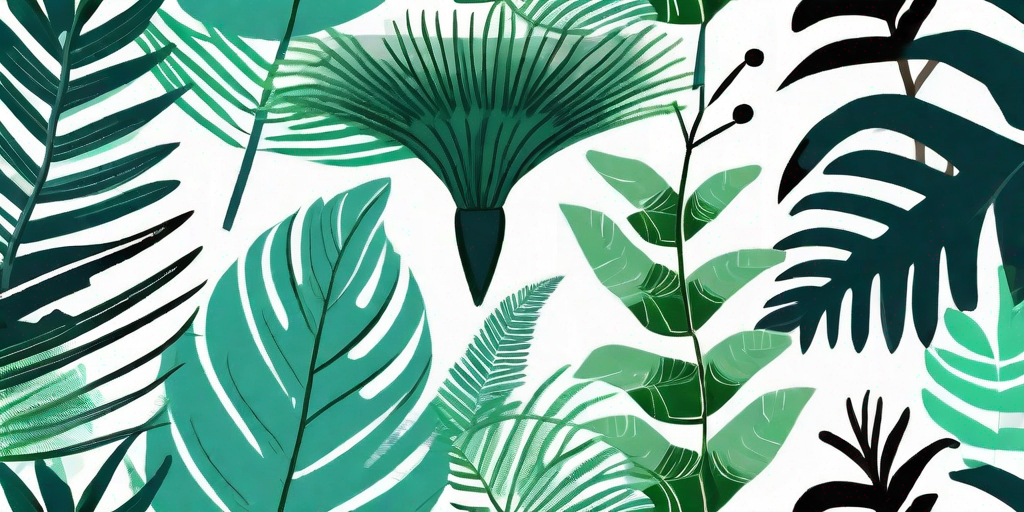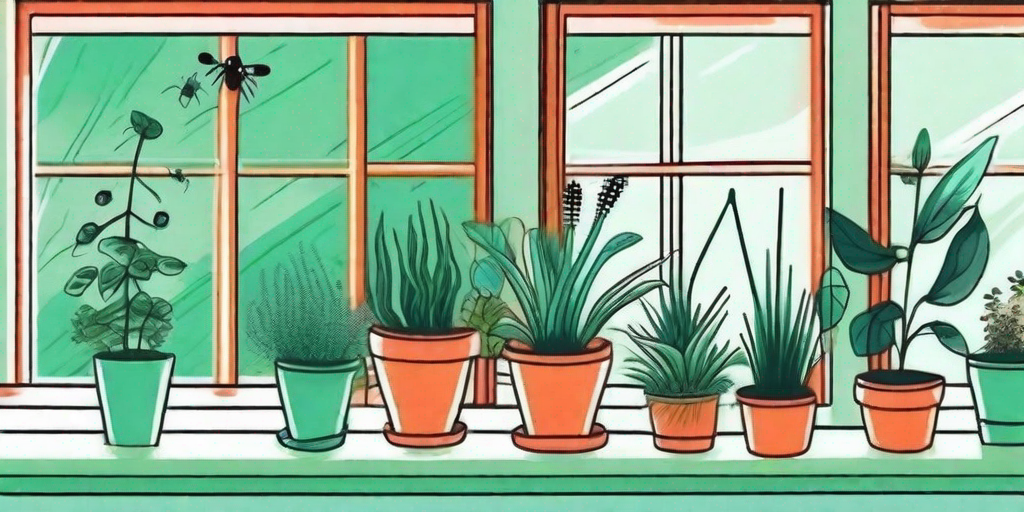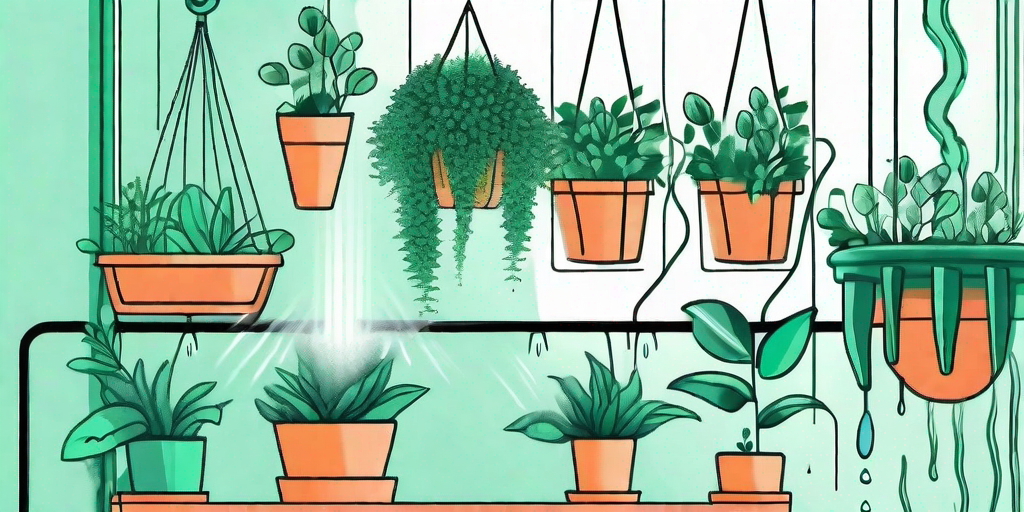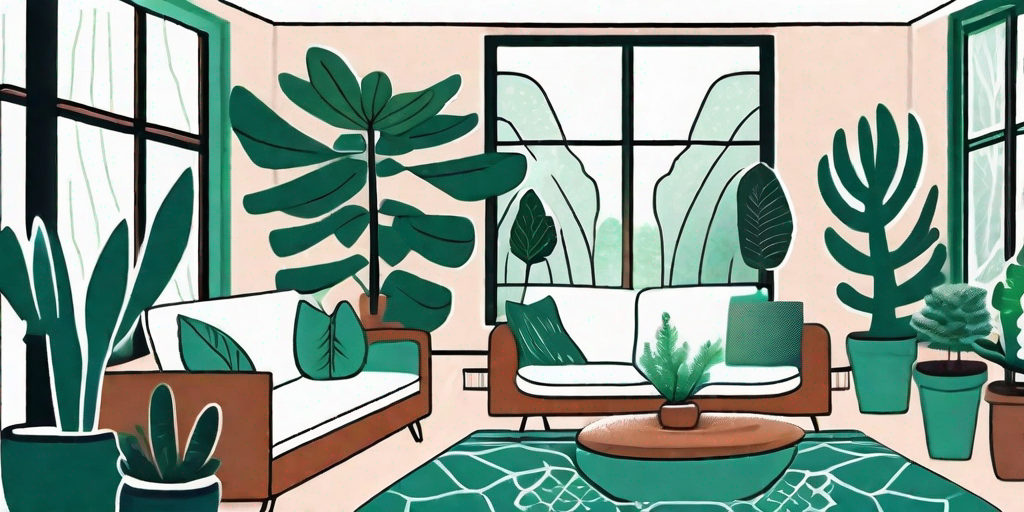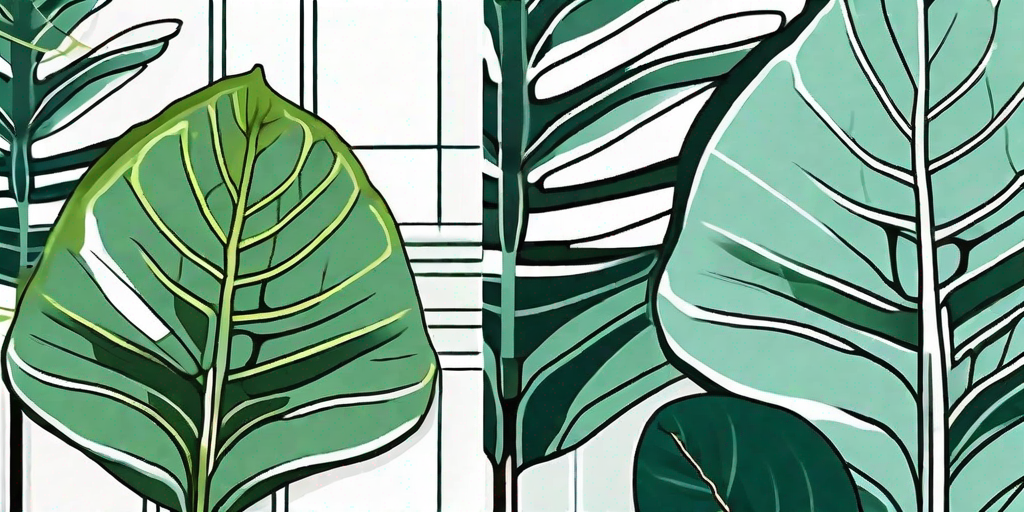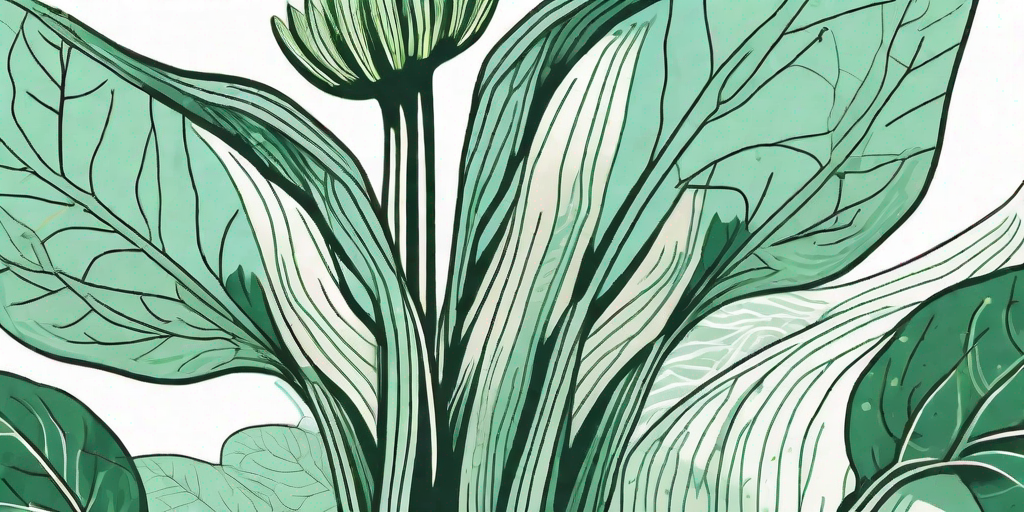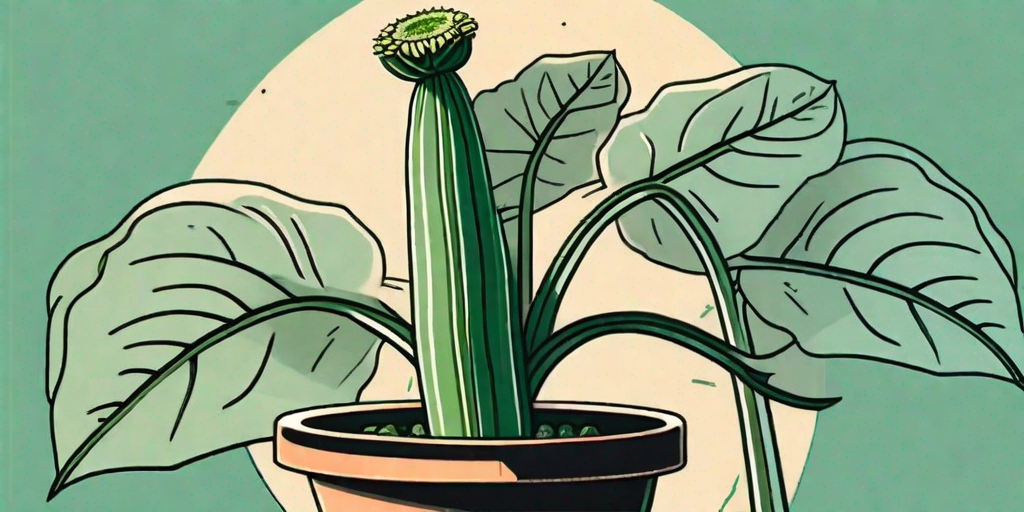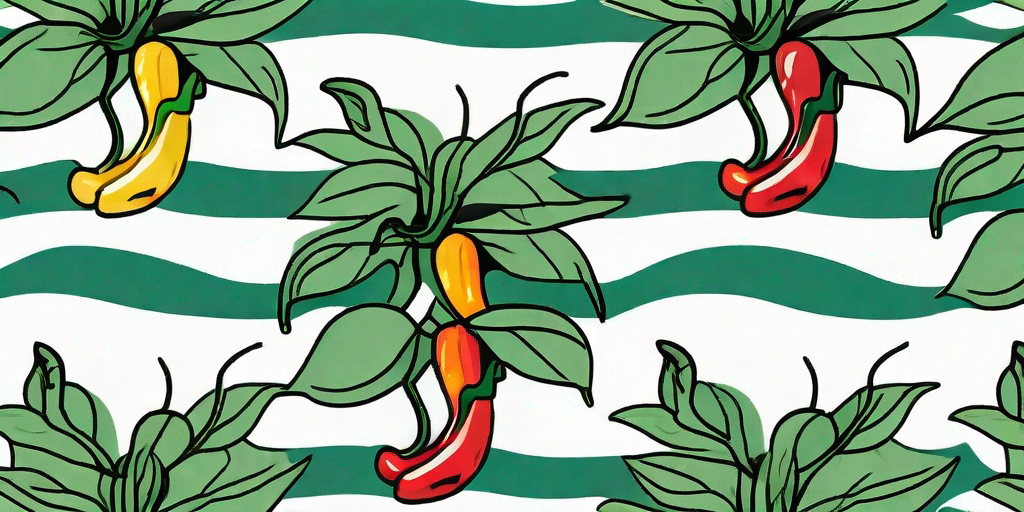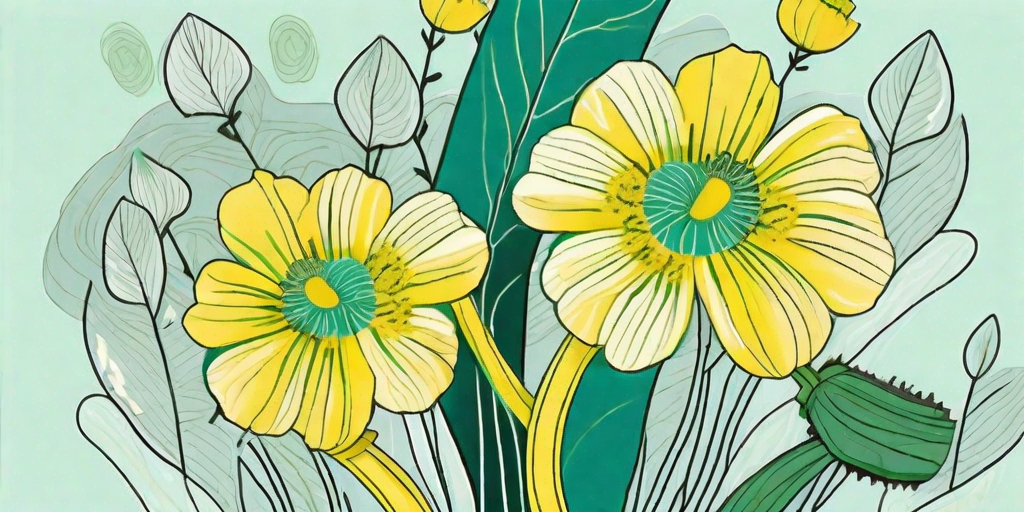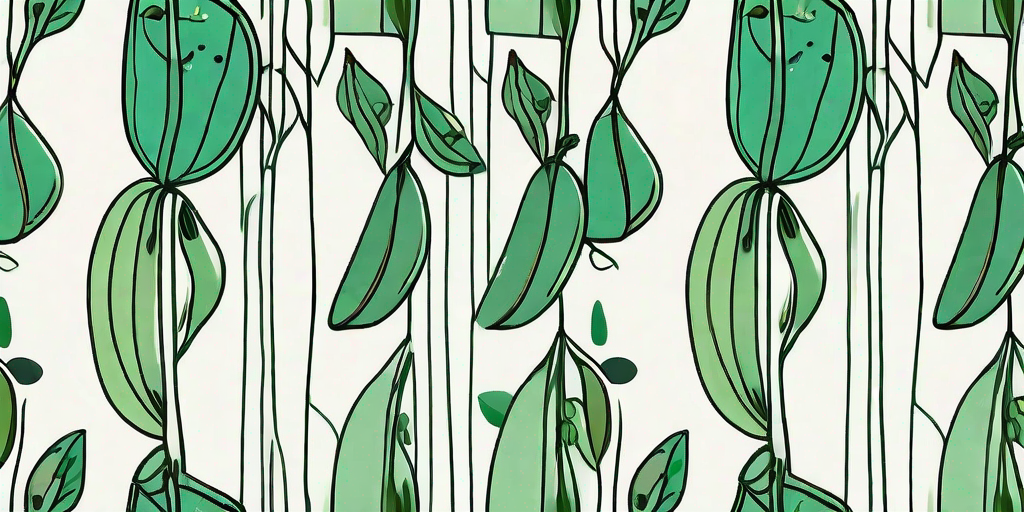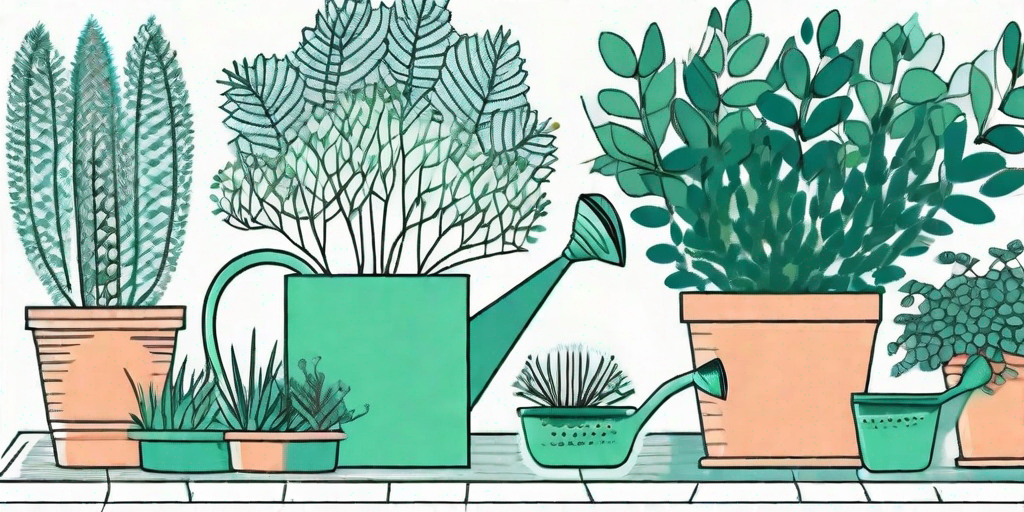
If you've ever looked at a Dieffenbachia plant and thought, "Wow, I wish I could grow something that lush and healthy," then you're in the right place. This article is going to spill the beans on how to grow a Dieffenbachia plant that would make even the most seasoned gardener green with envy.
Understanding the Dieffenbachia Plant
Before we dive into the nitty-gritty of Dieffenbachia care, let's take a moment to appreciate this magnificent plant. Native to the tropical forests of Central and South America, the Dieffenbachia, or as it's more commonly known, the "dumb cane," is a perennial plant known for its lush foliage and easy-to-care-for nature.
But don't let its common name fool you. The Dieffenbachia is anything but dumb. In fact, it's one of the most intelligent plants out there, capable of adapting to a variety of indoor conditions. Now, if only it could do our taxes for us, right?
Dieffenbachia plants come in a variety of species, each with its own unique pattern and coloration. From the classic Dieffenbachia amoena with its green leaves and white spots, to the Dieffenbachia seguine with its yellow and green foliage, there's a Dieffenbachia for everyone.
How to Grow a Dieffenbachia Plant
Now that we've gotten to know the Dieffenbachia a bit better, let's get down to business. Here's the secret sauce to growing a lush and healthy Dieffenbachia plant.
Lighting Conditions
Dieffenbachia plants are like Goldilocks when it comes to light - they like it just right. Too much direct sunlight can scorch their leaves, while too little light can stunt their growth. Aim for bright, indirect light for the happiest plant.
And remember, while Dieffenbachia plants are adaptable, they're not fans of sudden changes. So try not to move your plant around too much. Find a spot with the right light conditions and stick to it.
Watering and Feeding
When it comes to watering, Dieffenbachia plants prefer their soil to be consistently moist, but not waterlogged. Overwatering can lead to root rot, which is about as fun as it sounds. On the other hand, underwatering can cause the plant to wilt. So, like a well-balanced diet, the key is moderation.
As for feeding, a slow-release fertilizer applied in the spring and summer growing season will keep your Dieffenbachia happy and healthy. Just remember, it's better to underfeed than overfeed. After all, you wouldn't want your plant to get a tummy ache, would you?
Temperature and Humidity
Remember how we mentioned that Dieffenbachia plants are native to tropical forests? That means they love warm temperatures and high humidity. Try to keep your indoor temperature between 65-75°F (18-24°C), and consider using a humidifier or misting your plant to maintain high humidity levels.
And one more thing - Dieffenbachia plants are not fans of drafts. So keep them away from drafty windows or doors. They prefer to stay cozy, just like us on a chilly winter night.
Common Problems and Solutions
Even with the best care, Dieffenbachia plants can sometimes run into problems. But don't worry, we've got solutions for you.
Yellow Leaves
Yellow leaves can be a sign of overwatering. If you notice your Dieffenbachia's leaves turning yellow, check the soil. If it's too wet, cut back on watering. Remember, it's not a swimming pool, it's a plant.
Brown Leaf Tips
Brown leaf tips can be a sign of low humidity. Try misting your plant or using a humidifier to increase humidity levels. If that doesn't work, it might be time to move your plant to a more humid location, like the bathroom. Just make sure it still gets enough light.
Frequently Asked Questions
- Is the Dieffenbachia plant poisonous?
Yes, the Dieffenbachia plant is poisonous if ingested. Its sap contains calcium oxalate crystals, which can cause irritation and swelling of the mouth and throat. So keep it out of reach of children and pets.
- How often should I repot my Dieffenbachia plant?
Dieffenbachia plants typically need to be repotted every 1-2 years. However, if your plant is growing rapidly or the roots are coming out of the drainage holes, it might be time for a bigger pot.
- Why are the leaves on my Dieffenbachia plant drooping?
Drooping leaves can be a sign of underwatering or overwatering. Check the soil to determine which one it might be. If the soil is dry, water your plant. If it's wet, let it dry out before watering again.
And there you have it, folks. The secret to growing a lush and healthy Dieffenbachia plant. Now go forth and garden with confidence. And remember, the only dumb question is the one you don't ask. So don't be shy, get in there and get your hands dirty!




